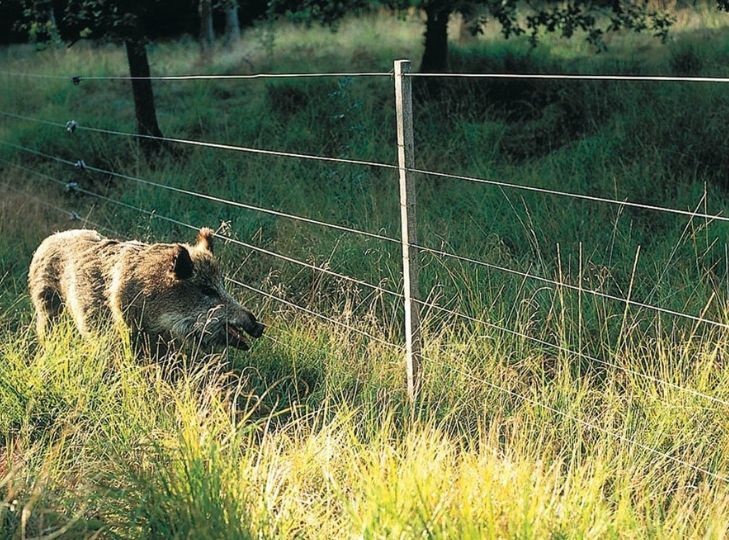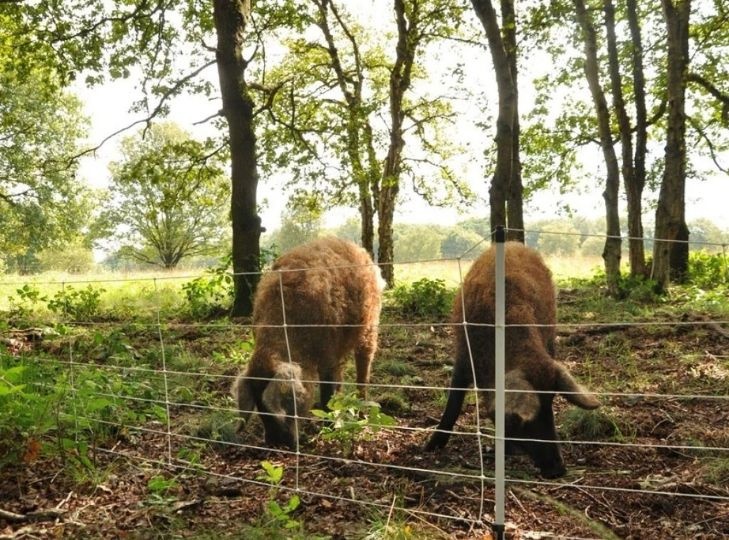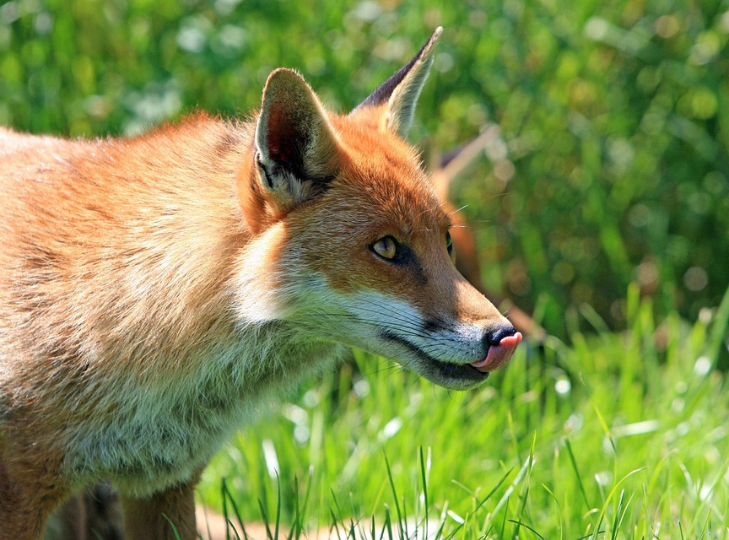Prepare your farm for autumn wildlife
Autumn is coming, and with it, shorter days and cooler nights. For smallholders and farmers across the UK, this means wildlife becomes more active. Often moving closer to homes and gardens in search of food and shelter. You may have experienced it yourself, returning from a morning walk to find foxes rifling through bins, deer nibbling at young trees, or rabbits disappearing into your vegetable patch. One of our customers told us how a single night of inattention left half their chicken flock missing. Her children were devastated as you can imagine. Experiences like this highlight how a few hours spent preparing fencing now can save weeks of stress later, and electric fencing offers a reliable, long-term solution.
Understanding wildlife behaviour
Foxes are smart and persistent. Many owners notice them circling the same coop or bin night after night, learning the quickest way in. Some people have even said foxes seemed to wait for the rain to soften the soil around a fence post. This would be extremely clever if true. Deer, meanwhile, move in small herds, grazing at dawn and dusk. They’re cautious but persistent; leave a small gap, and they’ll exploit it relentlessly. Rabbits and hares act like little night-time gardeners, stripping seedlings and returning repeatedly to the same patch. In some regions, wild boar are reappearing, systematically rooting through fields for bulbs and roots. Wild boar are hard to deter without proper fencing, as they are intelligent and strong animals.
Recognising these behaviours lets you design fencing systems that work with animal instincts. Electric fencing communicates a simple, humane message: my land is off-limits. Most wildlife quickly learns to respect the boundary and move on to your neighbours or continue their journey.
How electric fencing protects your property
Electric fencing doesn’t just block access, it teaches boundaries. The harmless pulse is enough for most animals to learn avoidance after one encounter. For poultry, a low, single-strand fence around coops can stop foxes in their tracks. One customer called us laughing as she described how a young, relentless fox looked confused when it encountered her new electric netting. The fox didn’t even attempt to test it, the high visibility alone was enough to keep her chickens completely safe.
For crops and orchards, multi-strand high fencing keeps deer and wild boar from browsing or rooting. Burrowing animals like rabbits and badgers respond to low wires, especially when combined with buried mesh. We always learn from customer feedback. For instance an older lady contacted us with issues regarding rabbits seen in her vegetable garden. She credited the combination of an underground mesh and netting with saving her carrots and lettuces.
|
|
|
|
||
|
|
Wild boar fencing |
Wild boar netting |
||
|
|
We often hear from customers who tried traditional fencing first, only to find boar tearing through it within days. Electric fencing provides one of the most effective solutions. A simple yet very secure solution is the Gallagher SmartFence complete fence. It can be installed by just one person in minutes. The height of the ladder can be adjusted in various steps upon request and perfectly configured to deter wild boars. |
Wild boar netting is a complete, high-quality pasture netting system, specially designed to protect and deter wild boars. With this type of wild boar fence, you can prevent significant damage to your crops. Thanks to their optimal conductivity and robust posts, they are also suitable for longer distances, and multiple nets can be connected together. Wild boar netting is also very easy to install, even for novices! |
||
|
|
Our recommendation: A sturdy, multi-strand system at a height of around 60–90 cm stops boar from pushing through. For added security, some landowners install three strands: one low to the ground to block piglets, one at nose level for adults, and one higher up as an extra deterrent. |
Our recommendation: Electric netting offers a practical and highly visible deterrent. Unlike plain wire, the mesh structure creates a clear barrier that boar can see and recognise before they even make contact. Because netting covers more surface area than single strands, it discourages boar from testing weak spots or pushing through gaps. |
|
|
|
|
||
|
|
Foxlights |
Fox fencing |
||
|
Foxlights have proven to provide additional protection! The idea behind the Foxlights principle is to use LED spotlights to create the impression that someone is patrolling the area on foot. Wild boars and other nocturnal predators will then avoid entering the area for fear of being attacked or perhaps even shot at. The Foxlights LED lights prove to be the most economical way to protect your pastures and fields from wild boars, especially in areas where human patrol is difficult. |
Electric fencing or netting offers one of the most reliable ways to stop them. A low, single or double strand of electric wire placed 30–45 cm from the ground prevents digging and teaches foxes to keep their distance. For smallholdings with poultry, electric netting is often the simplest solution. It creates a visible barrier that foxes are reluctant to approach. The beauty of both fencing and netting lies in their flexibility. You can move netting around the field if you rotate flocks, or set up a permanent fenced boundary for larger enclosures. |
|||
|
|
Our recommendation: As a rule of thumb, one fox light covers a small run, two lights work best for medium enclosures, and larger fields need lights spaced every 30–45 metres around the perimeter. Placed correctly, they create the sense of constant activity, which convinces foxes to stay away. |
Our recommendation: A low, single or double strand of electric wire placed 30–45 cm from the ground prevents digging and teaches foxes to keep their distance. For smallholdings with poultry, electric netting is often the simplest solution, it creates a visible barrier that foxes are reluctant to approach. |
Preparing your fencing for autumn
As autumn progresses, check your fencing regularly. Remove vegetation that could short-circuit wires, test wires for consistent pulses, and repair sagging or broken posts. Solar-powered energisers are still useful as daylight hours shorten, they will provide continuous protection with minimal effort. Temporary fencing can bridge vulnerable areas until permanent solutions are in place. Rotating crops or moving livestock enclosures strategically also reduces wildlife pressure, helping you stay a step ahead.
Autumn comes every year, but your property doesn’t have to pay the price. With the right electric fencing in place, you can enjoy the season confidently, knowing that your farm, your crops, and your livestock are safe. Wildlife is part of the countryside, but with effective boundaries, you stay in control.
Navigate to more insights and guides:



